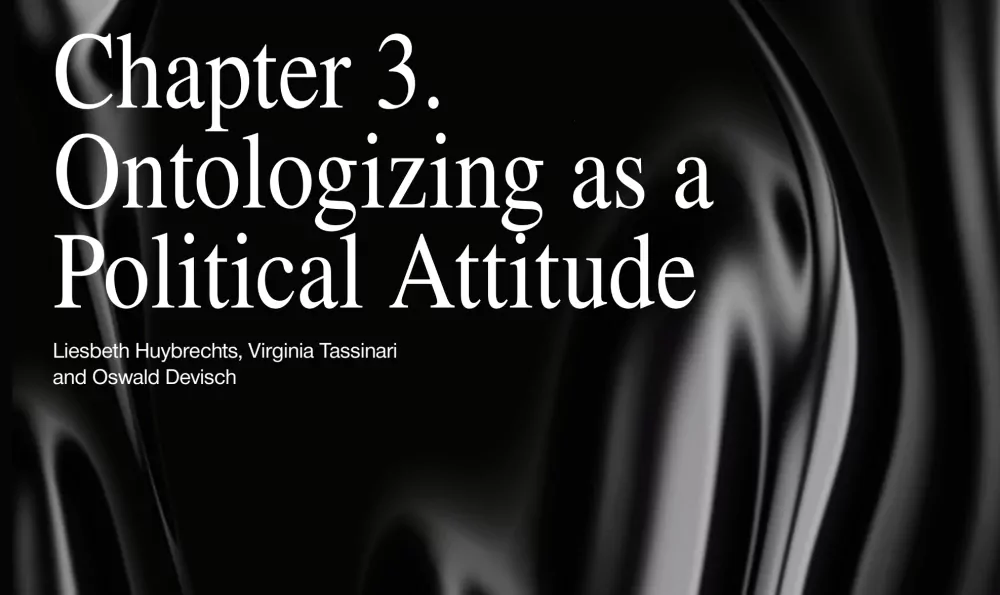Ontologising as a Political Attitude
Description
Designers engage in collective design work in order to address the complex societal challenges that they care about. This chapter explores the political role of design in uncovering, working with and shaping the highly diverse collectives that designers encounter, form and alter as they contribute to these societal challenges. This role is explored by looking at concrete case examples taken from the realm of spatial design. The chapter articulates a double call towards participatory designers: one the one hand, to design for and be aware of both silent and silenced human actors and, on the other hand, of non-human actors. In order to stress the active attitude that is implied by this call, designing with this double awareness is coined as “ontologising”, a political and careful design practice that maps and possibly redesigns in a more life-sustaining way the relationships of radical interdependence between all possible human and non-human actors involved with certain matters of care.
Links
- RELATIONS
2021-08-13 16:33:48
Circular Centrum-Zuid - Urban Design Exploring 'Collectives' in Circular Economy Transition
